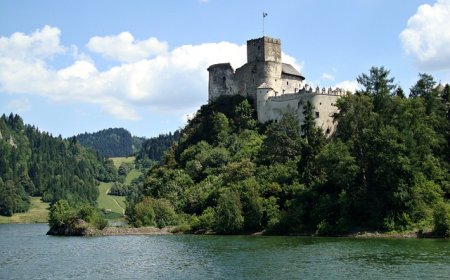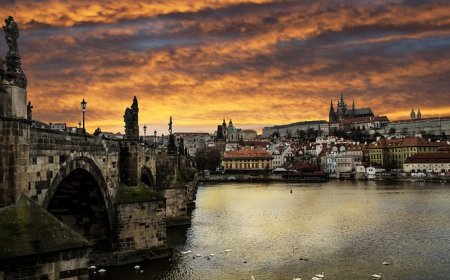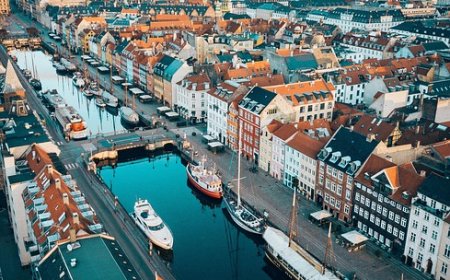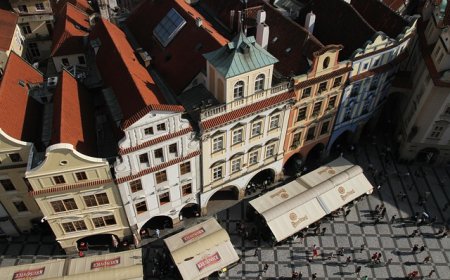Belarus for Students: Geography, History, and Culture of Eastern Europe
Explore Belarus for kids. Learn about forests, history, and culture in this Eastern European country
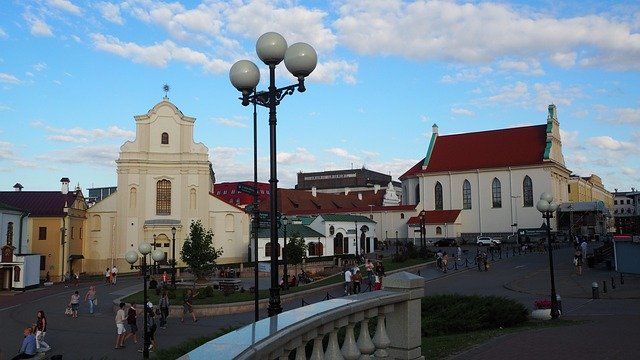
🇧🇾 Belarus: Land of Forests, Fortresses, and Changing Times
🗺 Introduction
Belarus is a country located in Eastern Europe, known for its forests, lakes, and rich but complex history. Though landlocked and often overlooked on maps, Belarus has played an important role in European history and continues to shape its future today.
With cities filled with wide streets and Soviet-era buildings, as well as peaceful countryside landscapes, Belarus offers a blend of old traditions and modern changes. Its people are proud of their identity, language, and resilience.
🌍 Geography and Location
Belarus is bordered by Russia to the east, Ukraine to the south, Poland to the west, and Lithuania and Latvia to the north. It is one of the most landlocked countries in Europe, with no coastline, but many rivers and lakes.
Most of Belarus is flat or gently rolling. About 40% of the country is covered in forests, earning it the nickname “the lungs of Europe.” One of the best-known natural areas is the Belovezhskaya Pushcha National Park, a UNESCO World Heritage Site and home to the rare European bison.
Belarus has a continental climate, with cold, snowy winters and warm, often rainy summers. The land is rich with marshes, rivers, and pine forests, making it ideal for hiking, birdwatching, and farming.
🏙 Cities and Regions
The capital and largest city is Minsk, located in the central part of the country. Minsk is the political, cultural, and economic heart of Belarus. It features wide avenues, Soviet-style buildings, parks, theaters, and museums. The city was almost entirely rebuilt after World War II.
Other notable cities include:
- Brest – near the Polish border, home to the historic Brest Fortress
- Gomel – a major industrial and cultural center in the southeast
- Hrodna – known for its preserved churches, castles, and multi-ethnic history
- Vitebsk – famous for art festivals and as the birthplace of painter Marc Chagall
Each region has its own blend of history, traditions, and landscapes, and many cities still reflect their Soviet past while slowly embracing modernization.
👨👩👧👦 People, Language, and Culture
Belarus has a population of about 9.2 million people. The largest ethnic group is Belarusian, but there are also Russians, Poles, Ukrainians, and Jews. The two official languages are Belarusian and Russian. Russian is more commonly spoken in cities, while Belarusian is often used in rural areas and in cultural expressions.
Belarusians are known for being hardworking, modest, and community-oriented. Traditional customs are often celebrated through music, dance, and seasonal festivals. Costumes include embroidered shirts and woven belts, worn during special holidays like Kupala Night (a midsummer celebration with flowers and fire jumping).
🍽 Food and Traditions
Belarusian food is hearty, simple, and based on locally grown ingredients. Many meals include potatoes, cabbage, beets, and bread. Dishes are usually cooked slowly and shared with family.
Common Belarusian foods include:
- Draniki – potato pancakes, usually served with sour cream
- Kolduny – stuffed meat dumplings or potato patties
- Machanka – a pork stew served with pancakes or thick sauce
- Kvas – a fermented drink made from rye bread
- Honey cakes and fruit preserves – often made at home
Holidays include Victory Day (May 9), Independence Day (July 3), and Kupala Night. Religious holidays like Orthodox Christmas and Easter are also observed, especially in rural communities.
🏛 History of Belarus
The area that is now Belarus has been part of many civilizations and empires. In the Middle Ages, it was included in the Grand Duchy of Lithuania and later the Polish-Lithuanian Commonwealth. By the 18th century, most of Belarus was absorbed into the Russian Empire.
In the 20th century, Belarus became a Soviet republic after the Russian Revolution. It suffered greatly during World War II, losing a large portion of its population and seeing many cities destroyed.
In 1991, Belarus became independent after the collapse of the Soviet Union. Today, the country is ruled by a president with strong powers, and it has close political and economic ties with Russia. In recent years, people in Belarus have held protests calling for more democracy and human rights.
🌿 Nature and Environment
Belarus is one of Europe’s greenest countries, filled with forests, lakes, rivers, and wetlands. The Belovezhskaya Pushcha, shared with Poland, is one of the last remaining parts of the ancient forest that once covered much of Europe.
This national park is home to the European bison, Europe’s largest land animal. Other wildlife includes lynx, beavers, wolves, and many species of birds.
Environmental education is important in Belarusian schools, and efforts are growing to improve air quality, clean water, and recycling programs, especially in urban areas.
📚 Vocabulary List
| Word | Definition |
|---|---|
| Landlocked | A country surrounded by land and without a coastline |
| Belovezhskaya Pushcha | A protected forest and UNESCO site, home to rare animals |
| European bison | The largest land animal in Europe, now mostly found in reserves |
| Draniki | Belarusian potato pancakes served with sour cream |
| Kupala Night | A midsummer festival involving fire, flowers, and traditional dances |
| Soviet Union | A former group of communist countries, including Belarus, led by Russia |
| Embroidery | A form of needlework used in traditional clothing |
| Kvas | A fermented drink made from rye bread |
👧🧒 Kid-Friendly Summary
Belarus is a country in Eastern Europe full of forests, rivers, and castles. The capital is Minsk, a city with wide streets and tall buildings. People in Belarus speak both Belarusian and Russian, and they love nature, dancing, and making potato pancakes called draniki.
Long ago, Belarus was part of big empires and then the Soviet Union. Today, it’s an independent country working to improve its future. Belarus has beautiful parks, rare animals like bison, and fun holidays like Kupala Night, where people dance and jump over bonfires!
🧠 Interactive Quiz: What Do You Know About Belarus?
1. What is the capital of Belarus?
A) Vitebsk
B) Minsk
C) Brest
D) Gomel
2. What percentage of Belarus is covered in forests?
A) 10%
B) 25%
C) 40%
D) 60%
3. What are draniki made from?
A) Bread
B) Potatoes
C) Carrots
D) Cheese
4. What is the Belovezhskaya Pushcha?
A) A city
B) A type of food
C) A national park
D) A river
5. What rare animal lives in Belarus’s forests?
A) Lion
B) Panda
C) European bison
D) Polar bear
6. What language is commonly spoken in cities in Belarus?
A) English
B) Belarusian
C) Russian
D) French
7. When did Belarus become independent from the Soviet Union?
A) 1985
B) 1991
C) 2000
D) 1995
8. What holiday is known for dancing and jumping over fire?
A) Independence Day
B) New Year’s
C) Kupala Night
D) Victory Day


















































